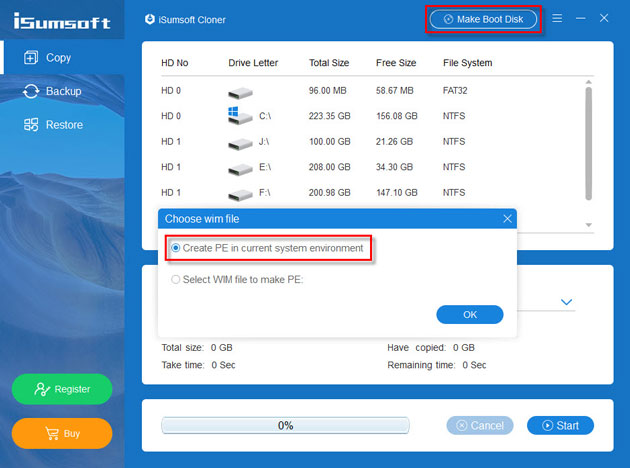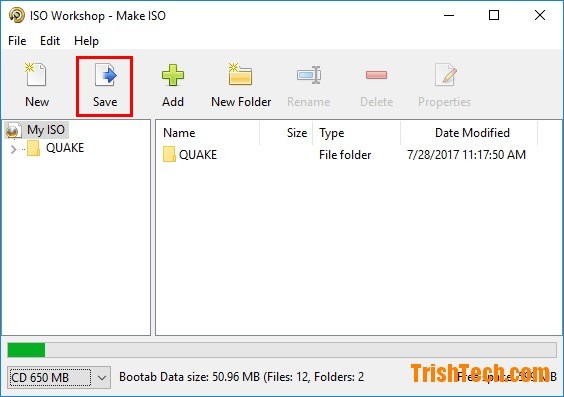
To make a Windows 10 installation media from Rufus with UEFI or BIOS support, use these steps:

Create Windows 10 bootable USB from Rufus Select the USB flash drive from the list, but ensure it doesn’t have any important files, as this process will erase everything on it.Īfter completing the steps, you can start your computer using UEFI or BIOS with the USB drive to install Windows 10. Select the “USB flash drive” option to create the bootable USB installation media. Quick note: If you are about to create a Windows 10 USB for another device, clear the “ Use the recommended options for this PC” option to select the correct language, architecture, and edition as necessary. Select the “Create installation media (USB flash drive, DVD, or ISO file) for another PC” option to make a bootable Windows 10 USB drive. Under the “Create Windows 10 installation media” section, click the “Download Now” button.ĭouble-click the MediaCrationToolxxxx.exe file to launch the tool. To create a bootable Windows 10 USB drive, use these steps:

The tool helps perform an in-place upgrade or create a bootable installation media using a USB flash drive to perform a clean install. However, if you do not want to wait for the automatic upgrade, the company lets you download the Windows 10 (version 22H2, 21H2, and older releases) installation files using the Media Creation Tool.

Instead, Microsoft upgrades computers gradually, taking some time until the new version reaches every device.

When a new version of Windows 10 becomes available, not everyone gets the latest release on the same day. You can create a bootable Windows 10 USB flash drive with multiple tools, and in this guide, I’ll show you how.


 0 kommentar(er)
0 kommentar(er)
